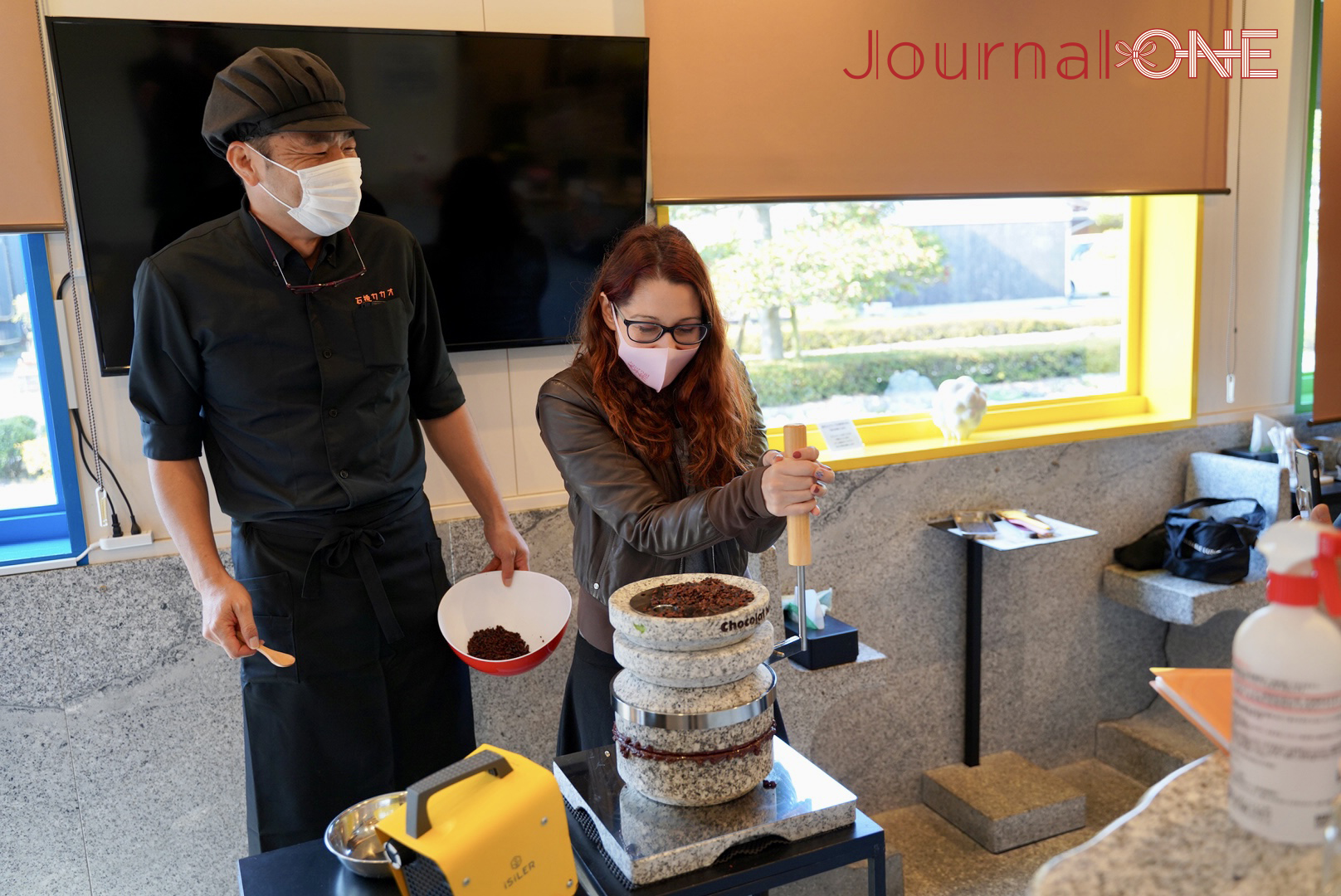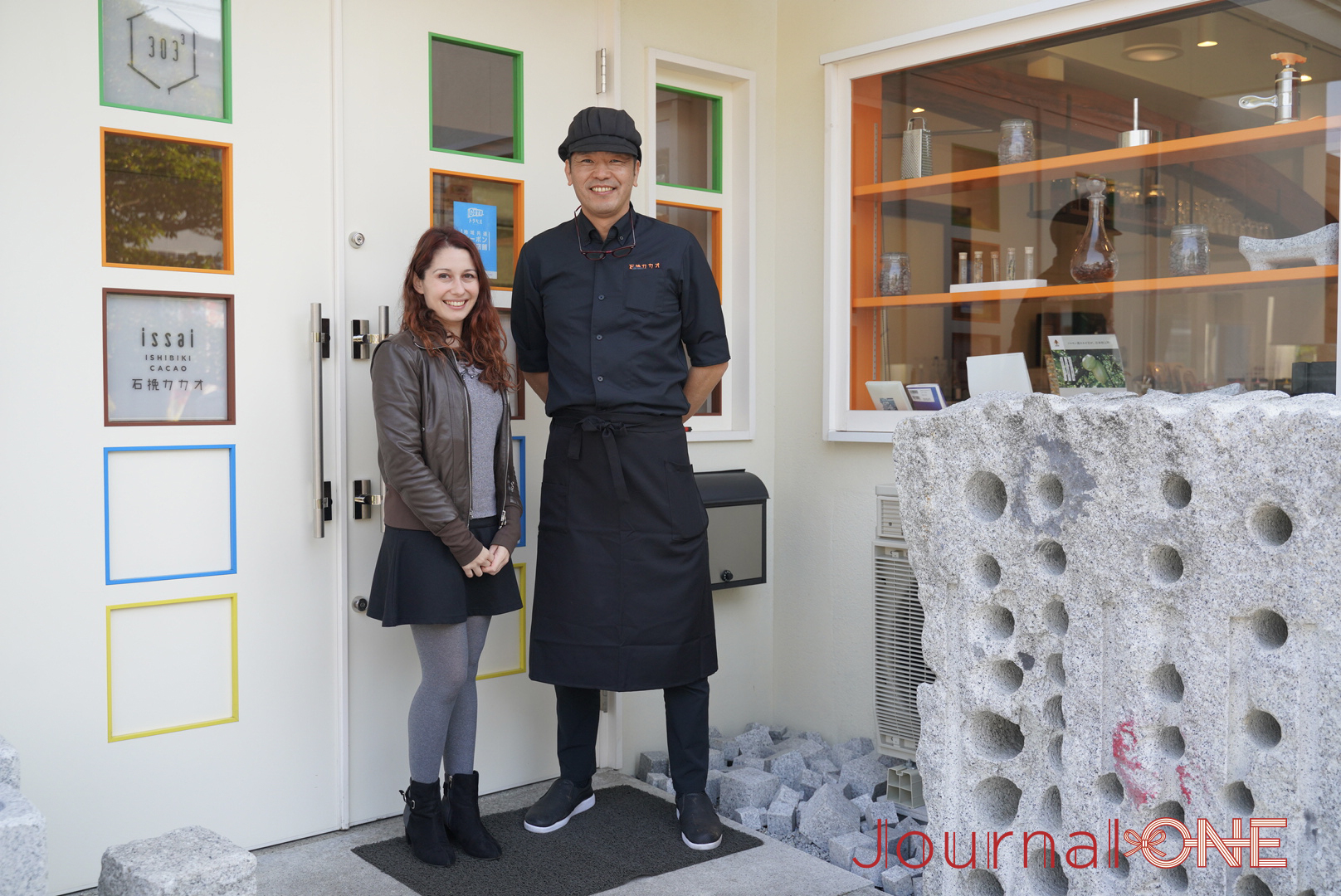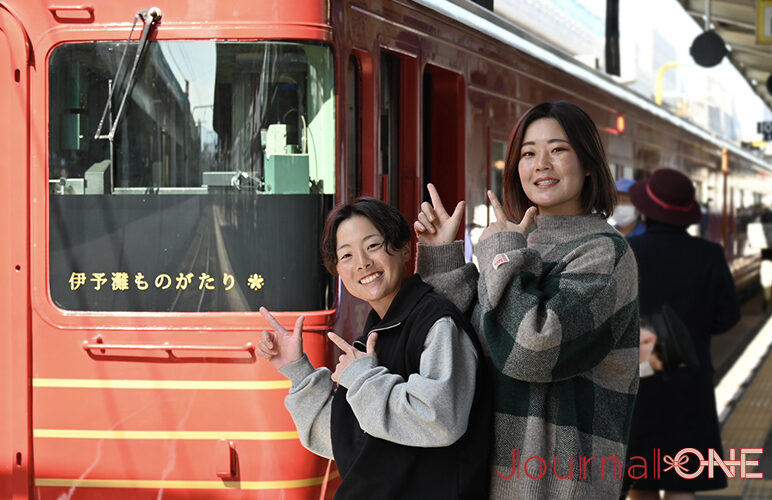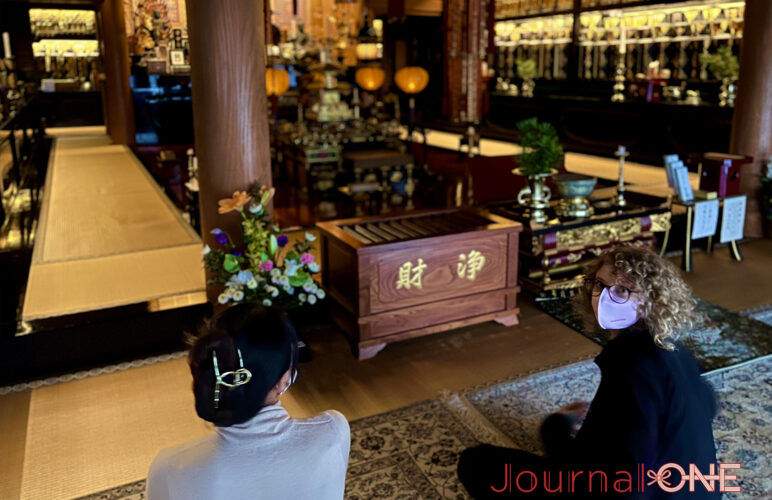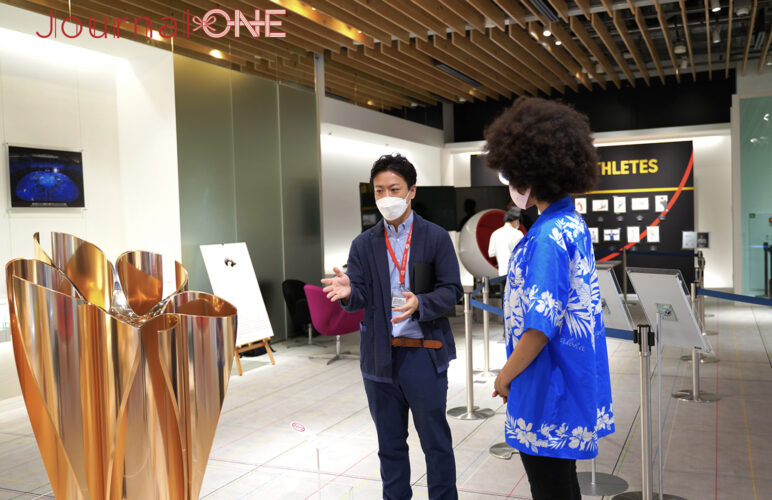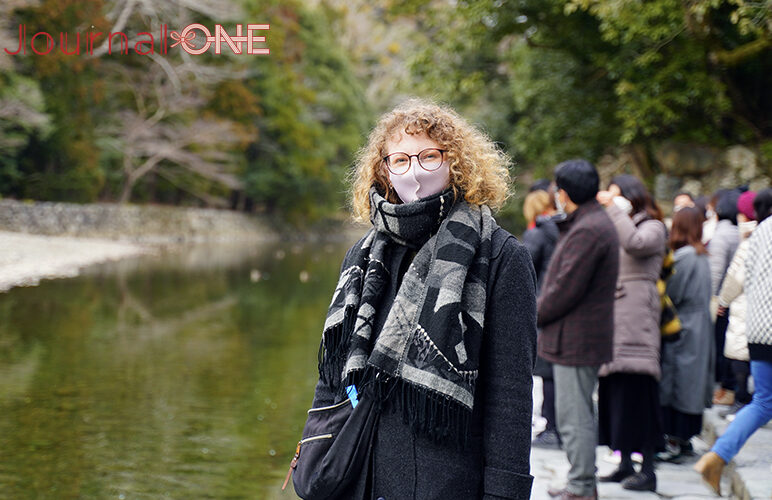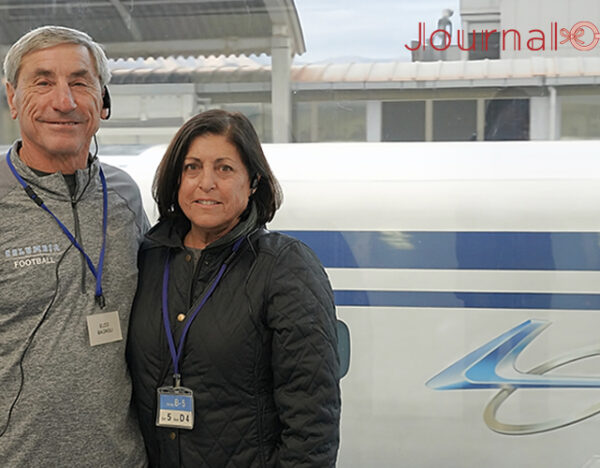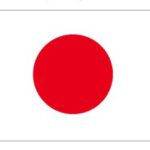 Located in the countryside of Okayama Prefecture, the streets of Yakage Town were built along Sanyo Road. Sanyo Road was one of the main roads connecting the city of Edo (present-day Tokyo) to various other parts of Japan during the Edo period (1603-1868), and was used by daimyo (feudal lords), samurai, and their retinues.
Located in the countryside of Okayama Prefecture, the streets of Yakage Town were built along Sanyo Road. Sanyo Road was one of the main roads connecting the city of Edo (present-day Tokyo) to various other parts of Japan during the Edo period (1603-1868), and was used by daimyo (feudal lords), samurai, and their retinues.
Since it was necessary to take frequent breaks during the long journey, there were many lodging towns along Sanyo Roadwhere travelers could rest and recuperate from their fatigue. Yakage-shuku (Shuku being the word for accomodation) was one of them, and along the main road, which is now a shopping street, there are many buildings that still retain vestiges of the Edo period.
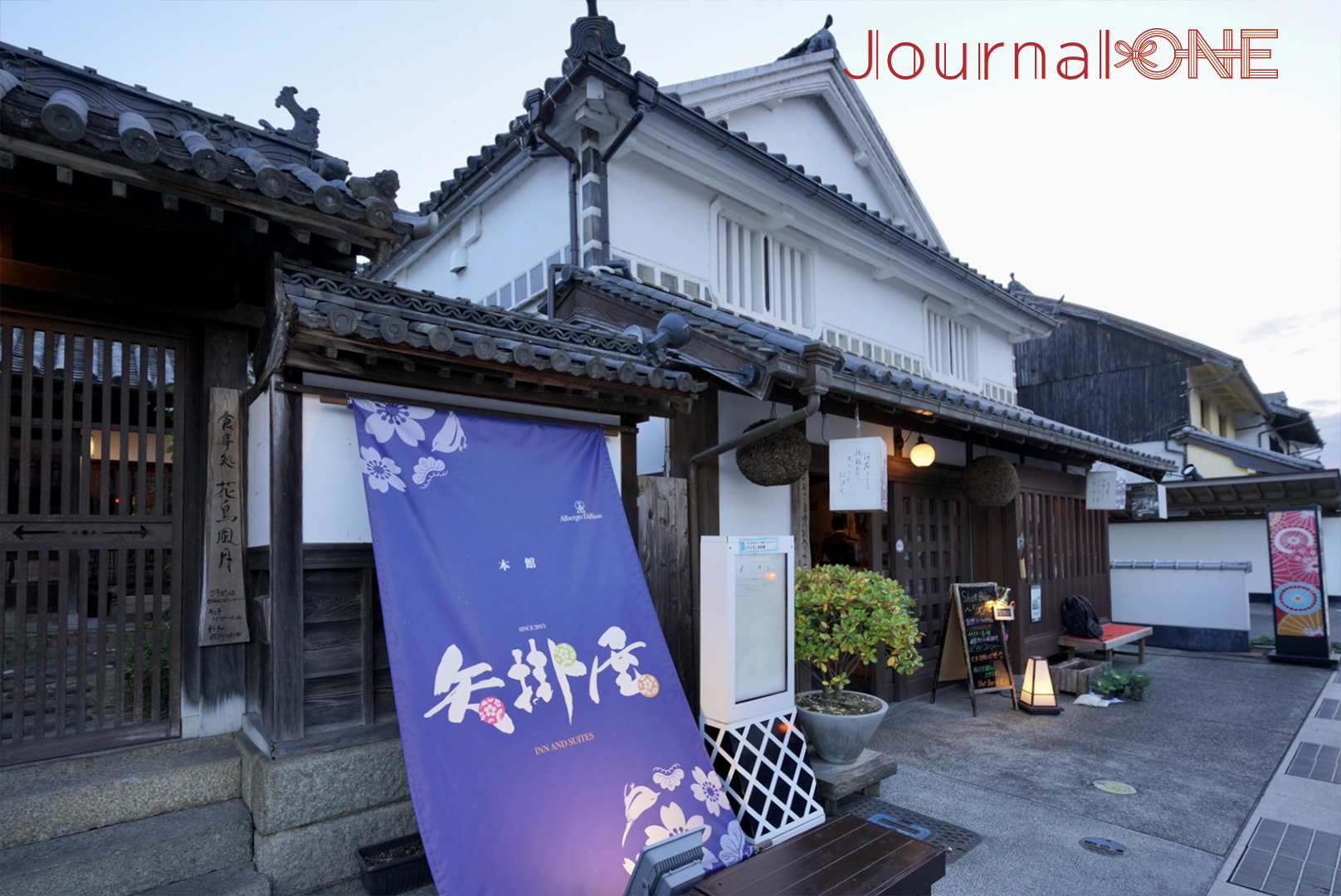
The ‘albergo diffuso’ (vacant houses converted into tourist accommodations) in the town of Yakage, which were based on the model of sustainable tourism in Italy, are the result of the use and renovation of these historic buildings.
Among them, Yakage-ya is an albergo diffuso that has been renovated from a number of historical buildings to include guest rooms, mini-apartments, a public hot spring, a bar, and a dining room, where guests can enjoy a unique experience while interacting with the local people.
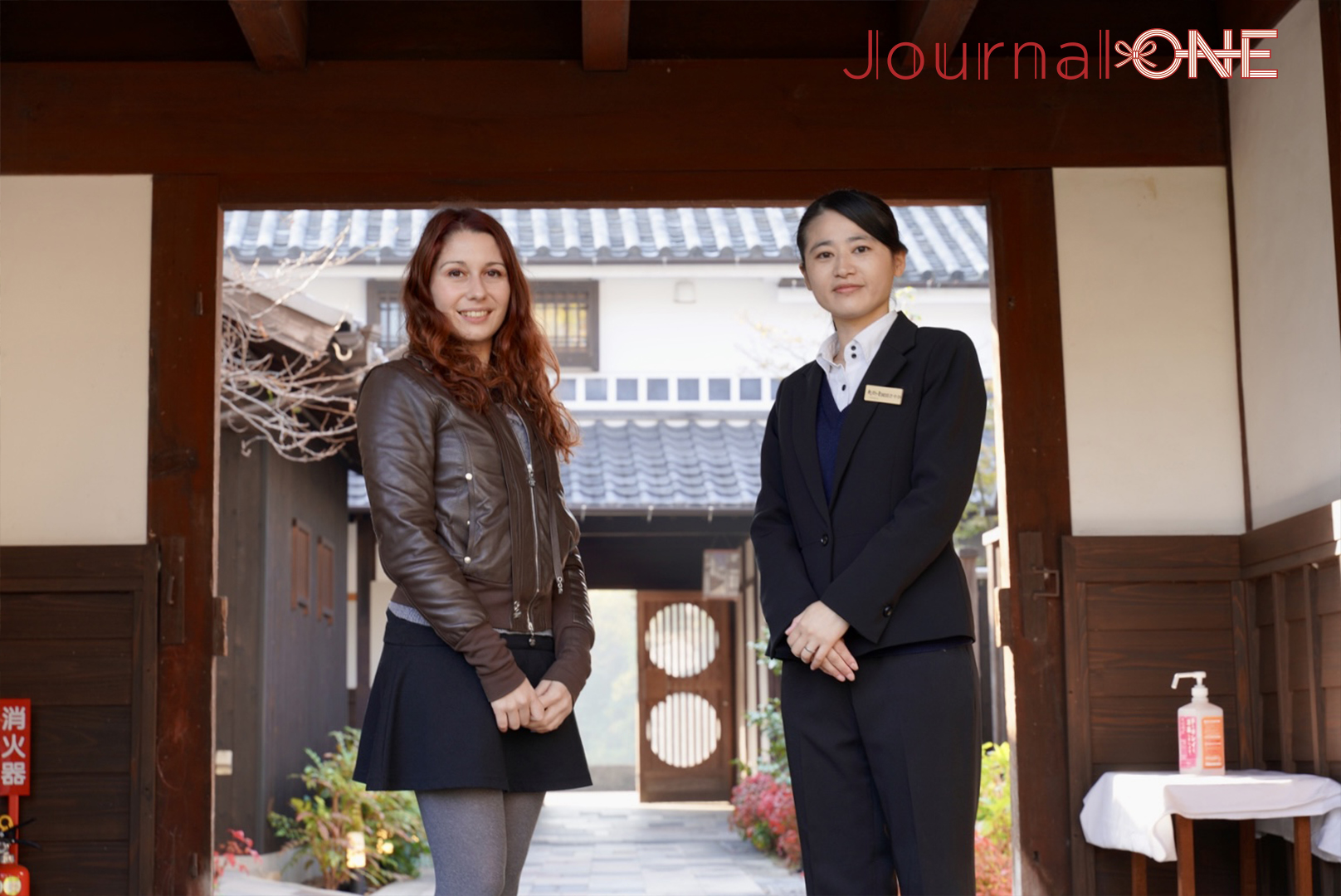
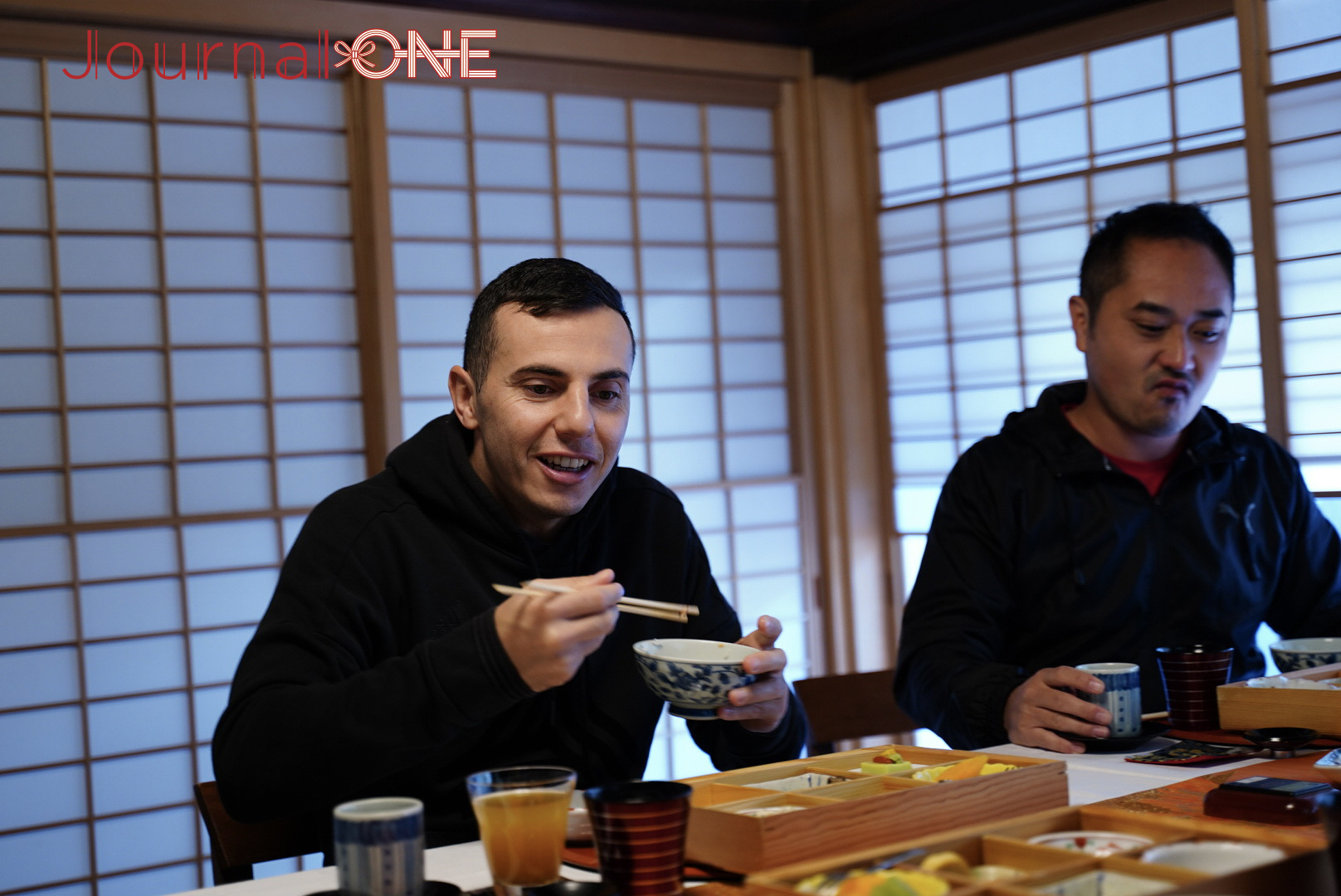
Now, the ties between Yakage and Italy are growing even stronger. Not only has the town adopted the albergo diffuso concept, but it has also become Italy’s host town during the Tokyo 2020 Olympic and Paralympic Games.
In November 2021, an event by the AC Milan Academy Tokyo will be held here. Manuel Beleri, a former Serie A player and the technical director of the team, who stayed at the albergo diffuso, enjoyed it and said that it was an ideal place to escape from the stress of the city and enjoy a different kind of experience.

This is the concept that underpins the albergo diffuso Yakage-ya. They want their guests to learn about the history of Japan by thinking back to the time when luxurious and splendid daimyo processions used to stay here.
Every year on the second Sunday of November, a festival called “Daimyo Gyoretsu”, a reenactment of the procession feudal lords were made to make during the Edo period, is held here. 200 buildings line both sides of Yakage’s 900-meter-long main street. About 100 people dressed in the attire of the time carry palanquins and parade along Sanyo Road which is lined with Japanese houses, stopping at the Honjin (a major construction built from wood) where the feudal lords used to stay.
The Honjin has been remarkably well-preserved and can be visited as a part of a museum. It is made up of several buildings, including the daimyo’s room, the attendants’ room, and the brewery of the family that used to work there.
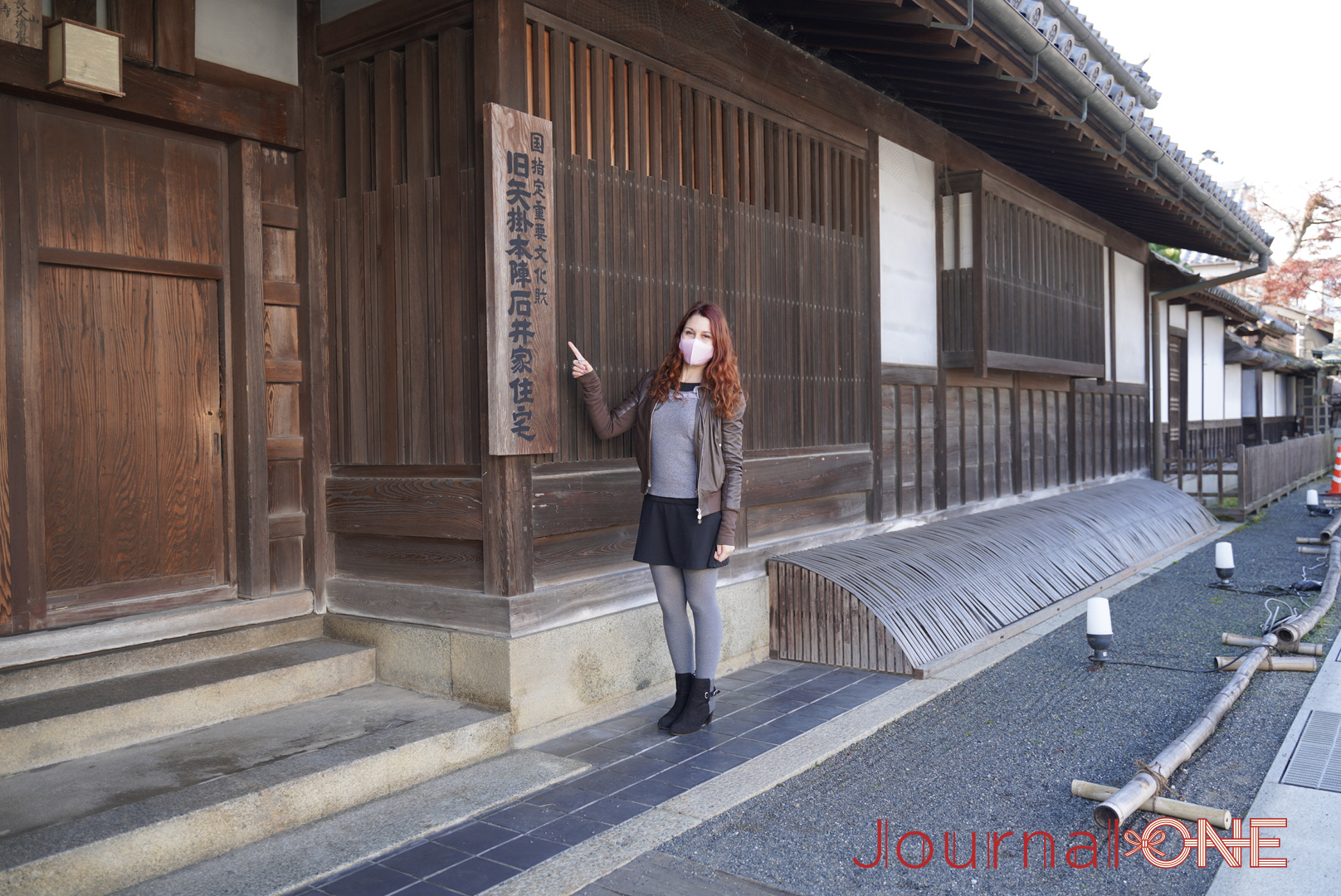
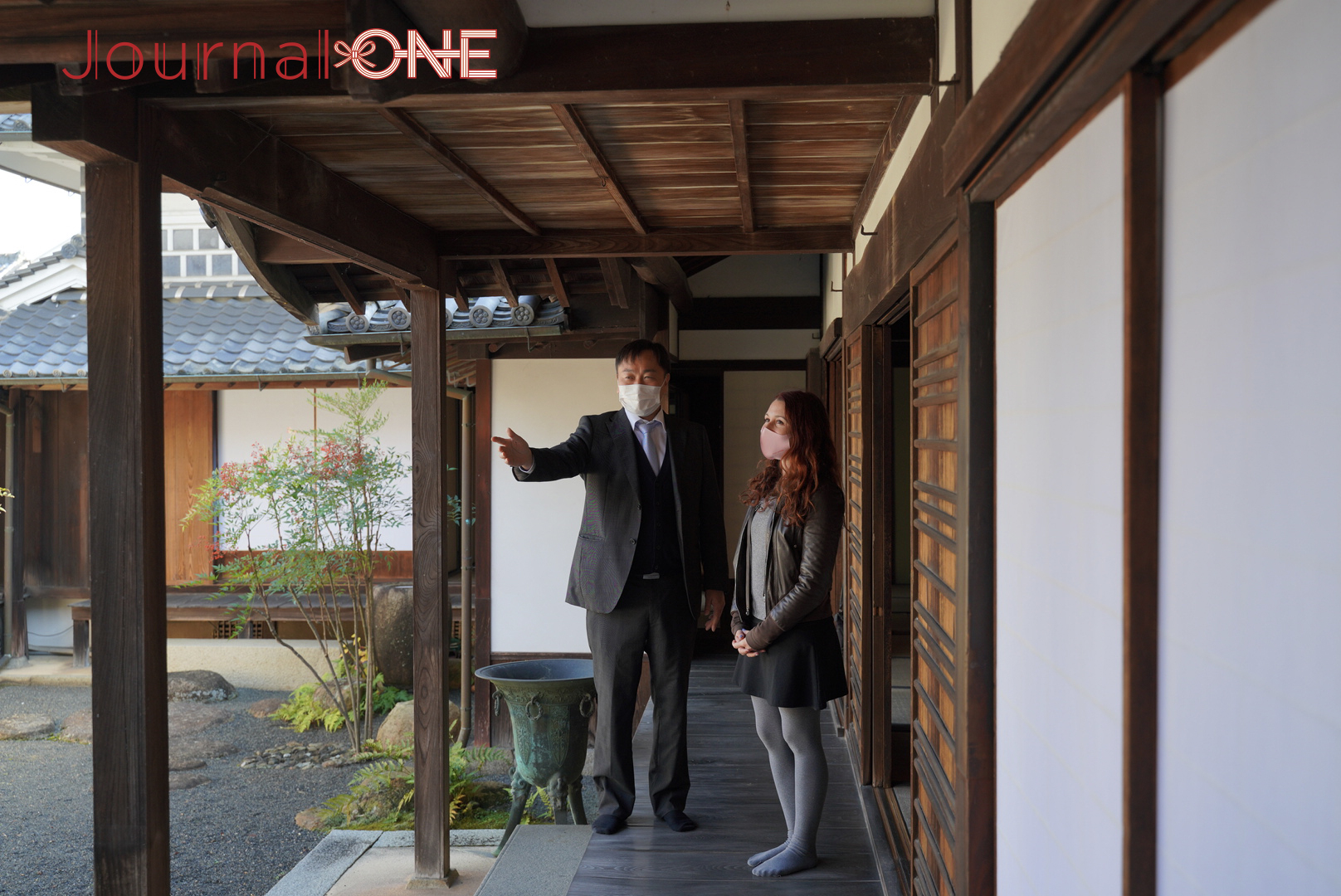
The Wakihonjin, a little further down the street from the Honjin, is another building with a long history, and is said to have been a place where families of high status stayed.
In addition to the Honjin, the Wakihonjin, and buildings that have been renovated into guest rooms, old houses have also been renovated into cafes, restaurants, and stores offering products and services to visitors to this street.
Among the various specialties sold in the stores of Yakage during the Edo period, yubeshi, a Japanese confectionery made of yuzu, was Princess Atsu’s favorite and she is said to have eaten it when she visited the town. This sweet and tasty wagashi can be found at Gyokundo Sato, which has maintained the tradition of hand making wagashi for eight generations since its establishment 180 years ago.
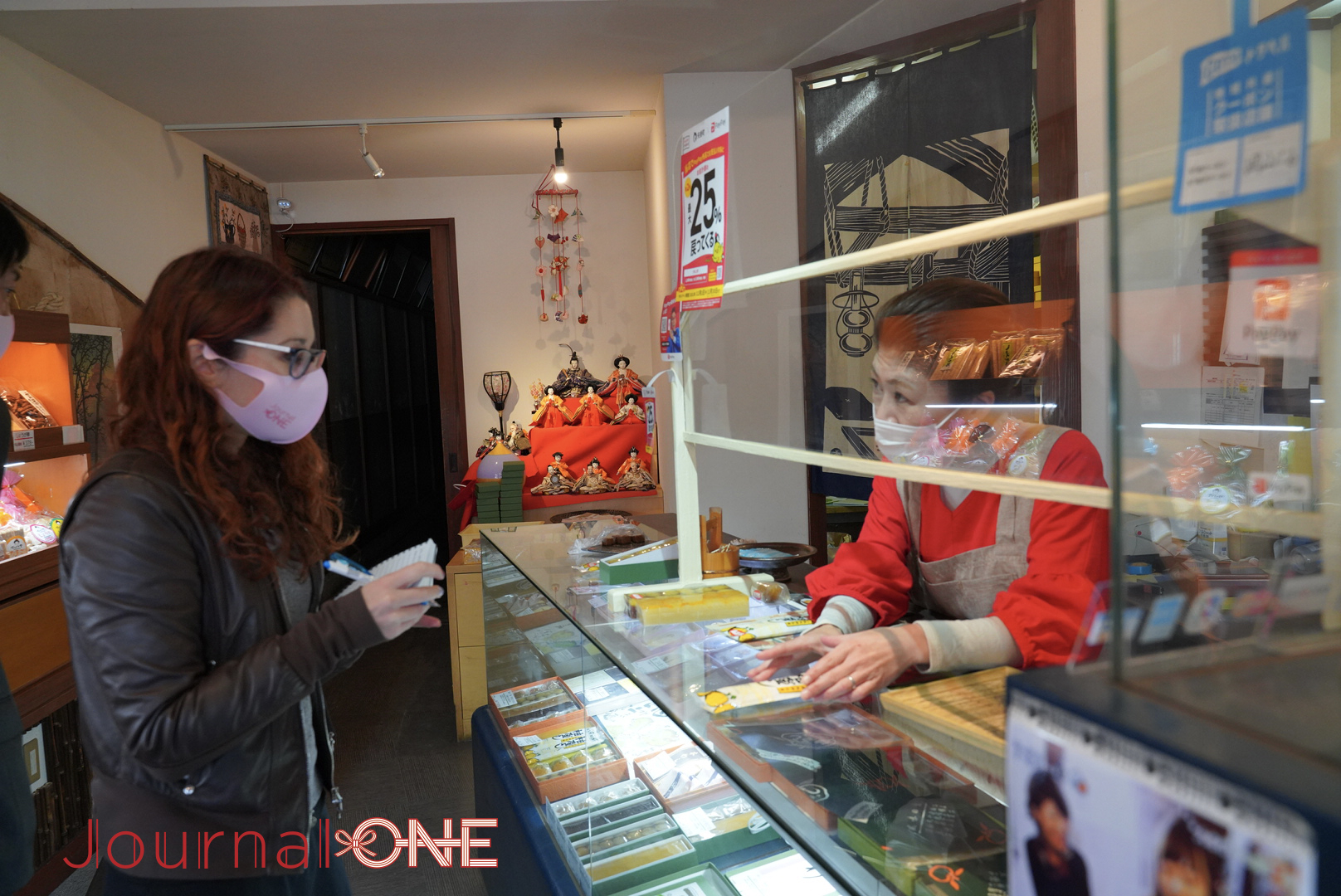
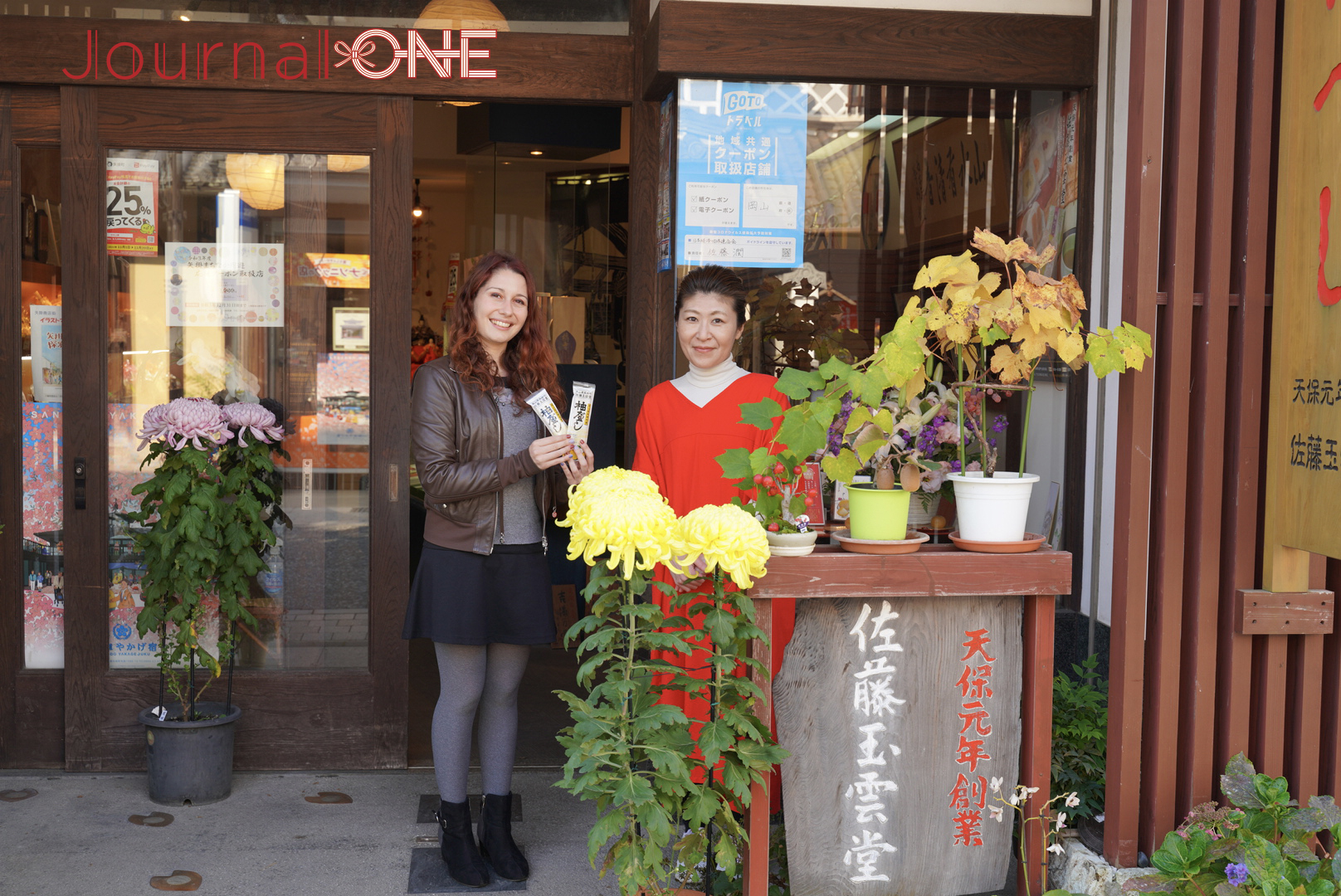
Bokkodo is another long-established shop in the town of Yakage that has been making extremely delicious rice crackers (made from rice and wheat flour) for generations in one of the historic buildings. Through the large windows of the store, we could see how they made the special rice crackers with the design of the feudal lord’s procession baked on them. Perfect for souvenirs.

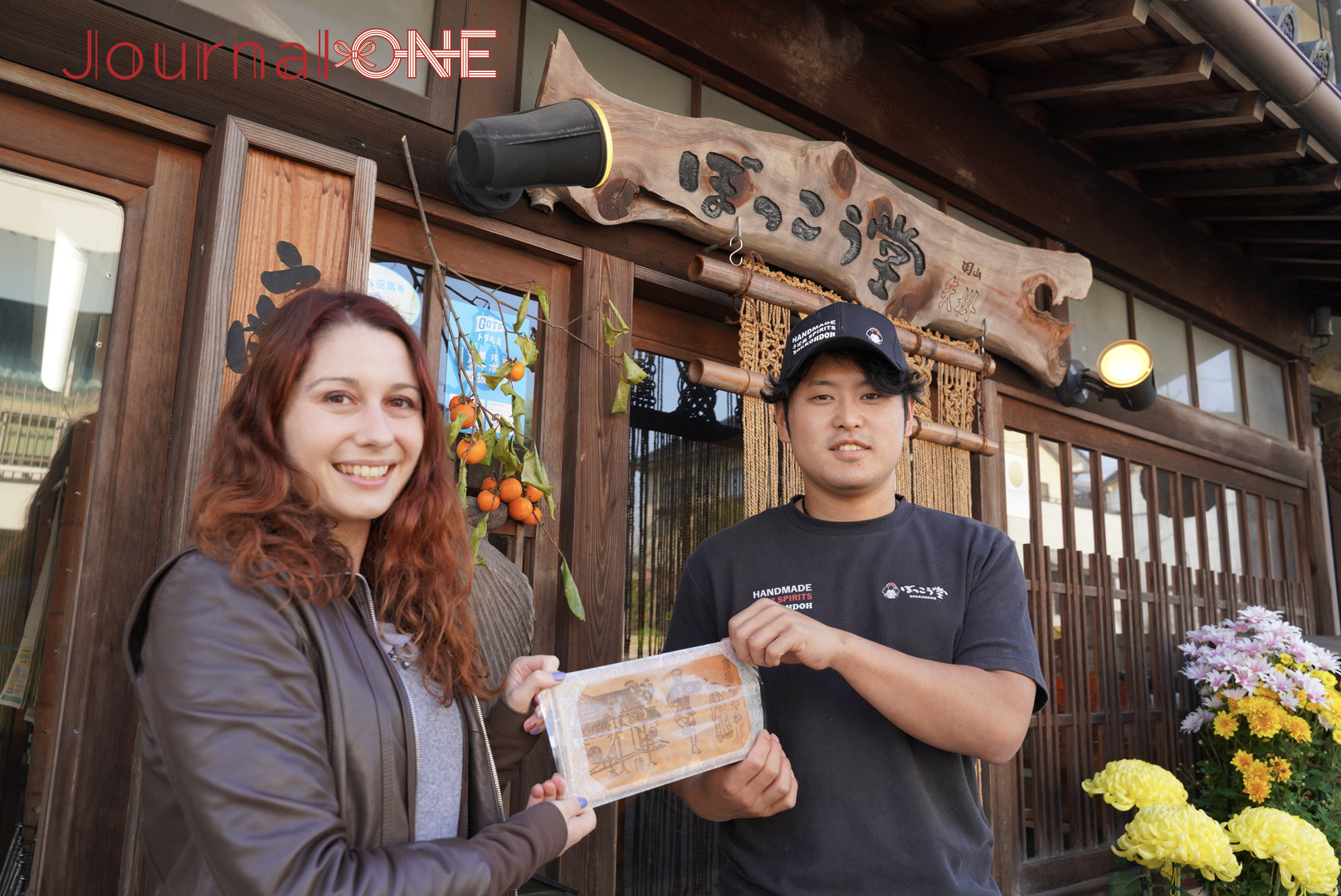
Seihoan is another Japanese confectionery store to go and see. They use 10 different ingredients each season to create beautiful seasonal confections that look like works of art. At this store, you can have the special experience of making your own wagashi under the guidance of a skilled artisan. It is a truly moving experience to watch a small work of art come to life in your own hands.
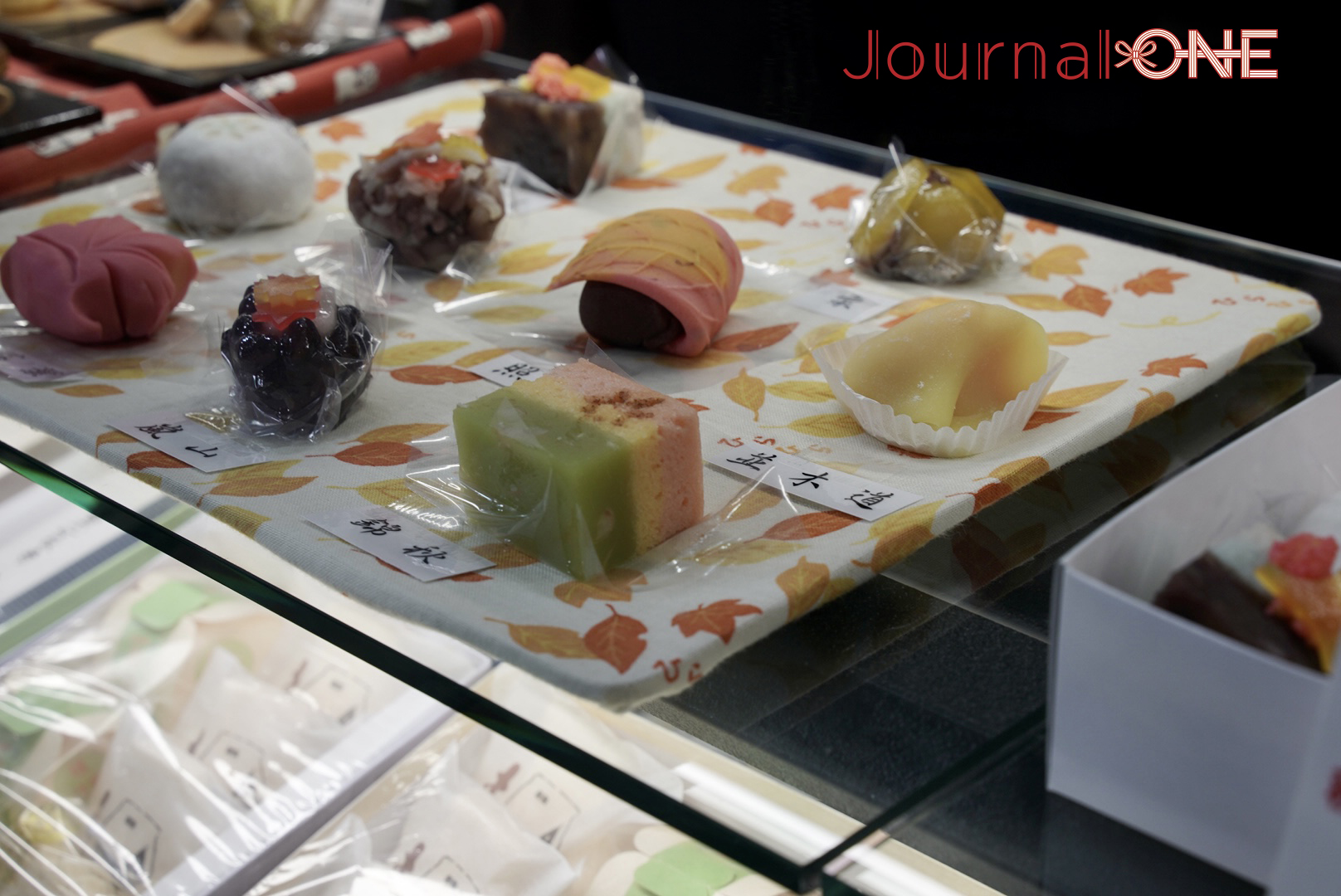
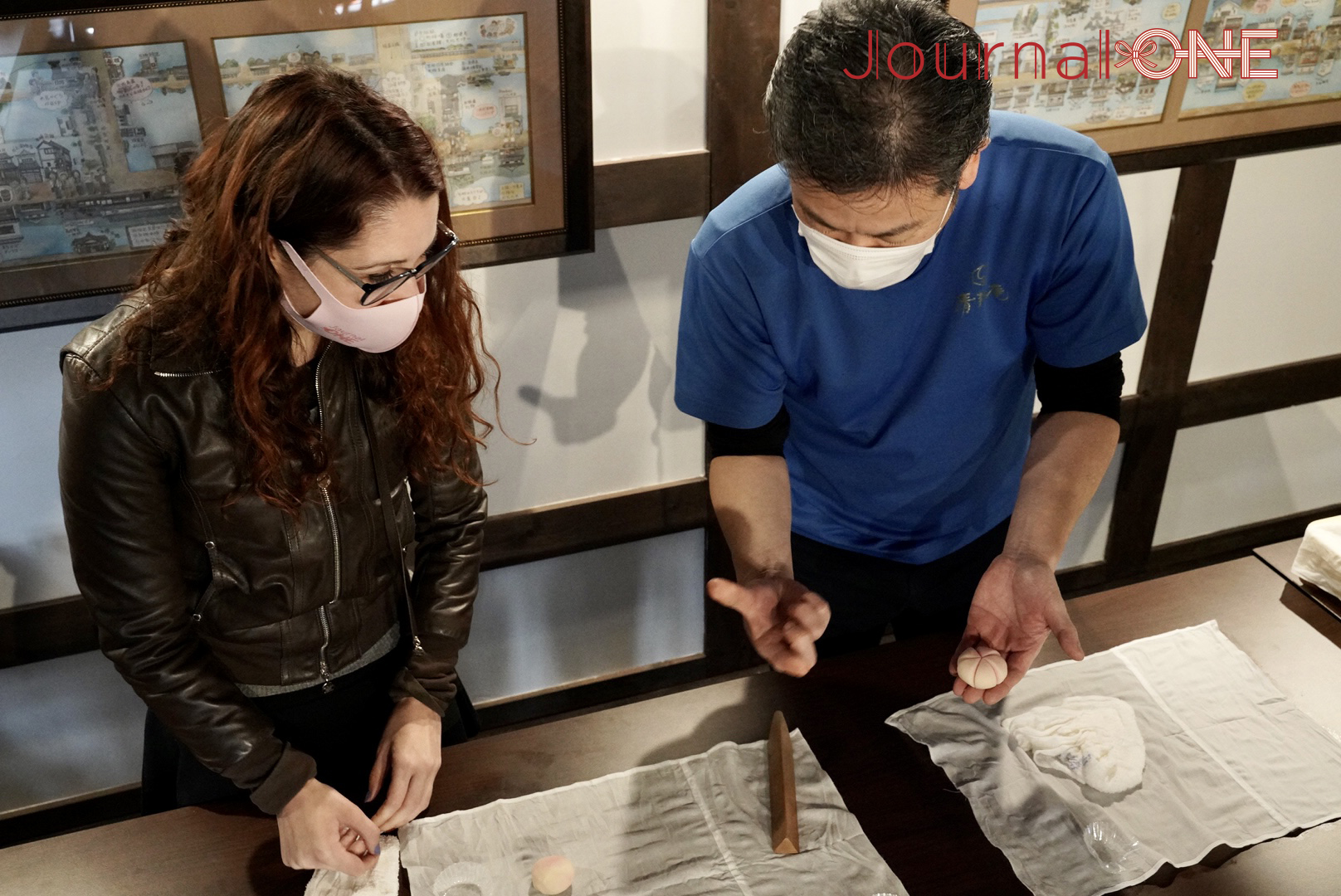
The town of Yakage is not only rich in history, but also in innovation. Issai, an innovative chocolate store that combines granite and its passion for chocolate. The unique interior is entirely made of granite. The floor, counters, tables, and seats are all made using granite from Yakage.
One of the most notable features is the granite chocolate mill. It is a unique machine that grinds cocoa beans to make chocolate. This chocolate mill is the only one of its kind in the world, and master chocolatiers from all over the world have expressed great interest in acquiring this unique tool.
Issai is a unique place where you can learn about chocolate and enjoy the aroma and tastes of cacao beans from all over the world, but it is also firmly rooted in the town of Yakage.
